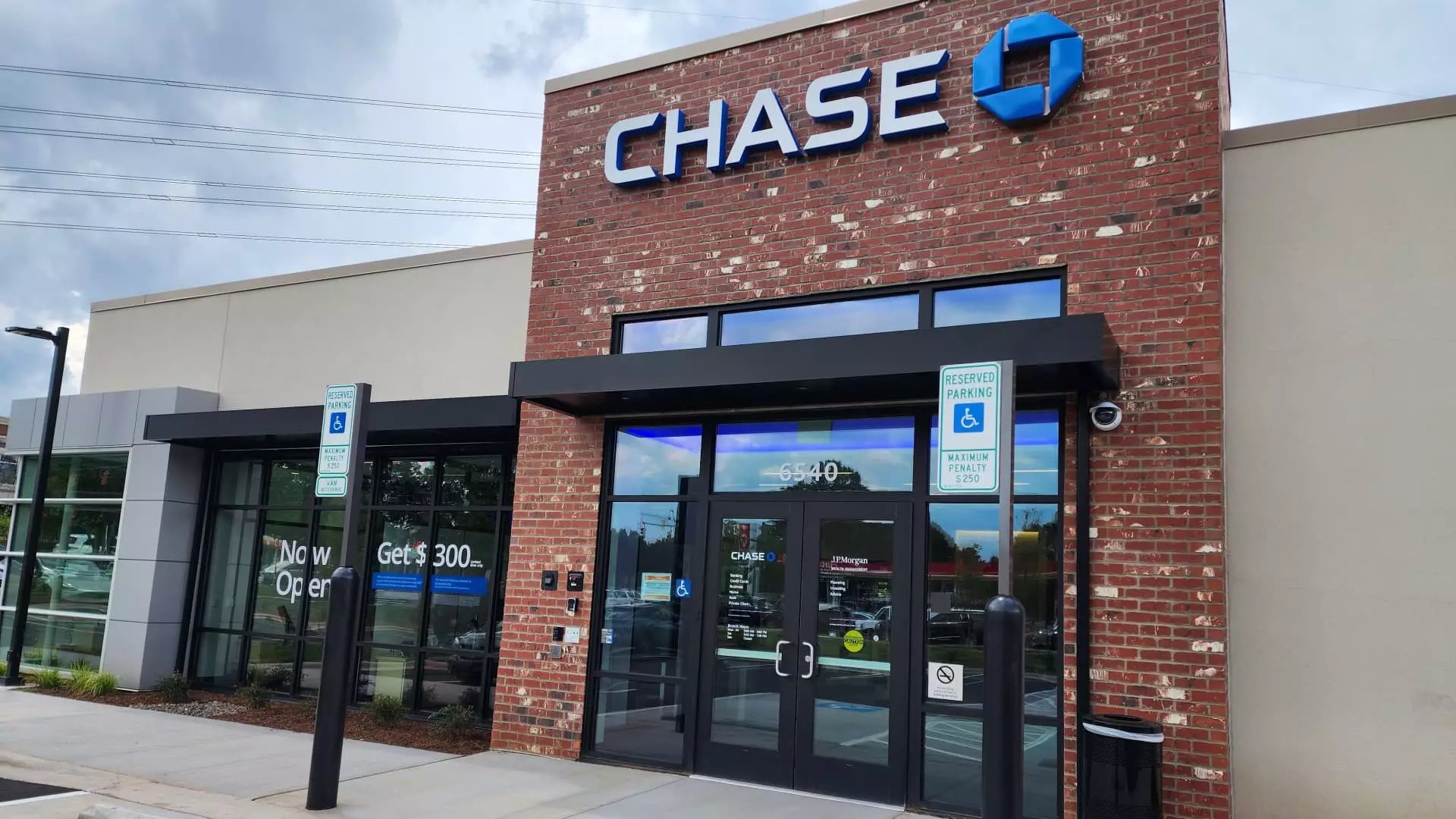Over the past seven years, JPMorgan Chase’s decision to establish over 1,000 new branches is nothing short of audacious. In an era where digital banking increasingly dictates customer preferences, this massive physical expansion signals a daring belief in the value of brick-and-mortar presence. The move deserves scrutiny: Is this a prudent embrace of traditional banking methods, or a costly gamble that may not deliver the anticipated returns? The company emphasizes its commitment and confidence, citing the ability of each new branch to generate over $160 billion in deposits and fully recoup investments within four years. However, such optimism must be tempered with caution. History shows that rapid expansion can sometimes be driven more by competitive bravado than sustainable demand.
In a landscape where online banking has drastically reduced the relevance of physical locations, JPMorgan’s push appears counterintuitive. Yet, the bank’s leadership likely perceives dominant physical footprints as essential to maintaining a competitive edge, especially in regions with significant wealth or underserved populations that prefer in-person services. This strategy might be particularly effective in markets like Charlotte, where JP Morgan aims to challenge and rival local powerhouses like Bank of America, which maintains a commanding 71% market share. The move into North Carolina underscores a broader belief that physical presence still holds unique value in shaping customer loyalty and trust.
The Political and Economic Ramifications of Extensive Branch Networks
The expansion fuels a debate about the role of banking in local communities and the economy. Critics might argue that such aggressive branch proliferation is an outdated relic of a pre-digital era, risking misallocation of resources in a financial environment that is shifting elsewhere. Conversely, supporters could contend that the physical presence fosters economic growth by offering jobs, supporting small businesses through easier access to banking services, and reinforcing financial stability in local markets.
From a political vantage point, JPMorgan’s expansion raises questions about the concentration of banking power and its implications for competition. As JPMorgan grows its footprint more aggressively than its peers, concerns about monopolistic tendencies or regional dominance may surface. The fact that JPMorgan is investing billions to increase its branch network beyond its previous limits suggests a strategic intent to solidify market dominance, potentially at the expense of smaller banks and community lenders. This can influence local economies, consumer choices, and even regulatory policies, especially as the bank expands into new territories and markets.
Risks and Rewards in a Vulnerable Financial Ecosystem
The banking industry has been navigating turbulent waters since the 2008 financial crisis, with the number of bank branches diminishing sharply in most regions due to digital transformation and market consolidation. JPMorgan’s bold expansion defies this trend, signaling a belief that physical branches still have an indispensable role. However, the risk remains: will these investments pay off, or will they saddle the bank with unanticipated costs?
Timing here is critical. The COVID-19 pandemic accelerated the decline of traditional banking footprints, but now, as the world moves into new phases of economic recovery, the focus shifts towards capturing deposits and reinforcing customer loyalty through physical presence. JPMorgan’s targeted expansion into fast-growing areas like Charlotte aligns with this strategic pivot. Nevertheless, competition is intensifying; even rivals like Bank of America and Wells Fargo are ramping up their efforts, which signals a broader industry acknowledgment that the physical banking model, reimagined and revitalized, can still be profitable.
Yet underlying risks remain. An overreliance on brick-and-mortar assets could prove hazardous if customer preferences continue to shift markedly towards online services. Additionally, the high costs associated with opening, maintaining, and staffing new branches might erode projected profitability if the economic environment turns sour or if the expected deposit growth doesn’t materialize as swiftly as anticipated. JPMorgan’s willingness to accelerate its expansion relies heavily on maintaining a reputation for strategic boldness—a trait that might backfire if the digital tide proves too strong for traditional banking values.


Leave a Reply